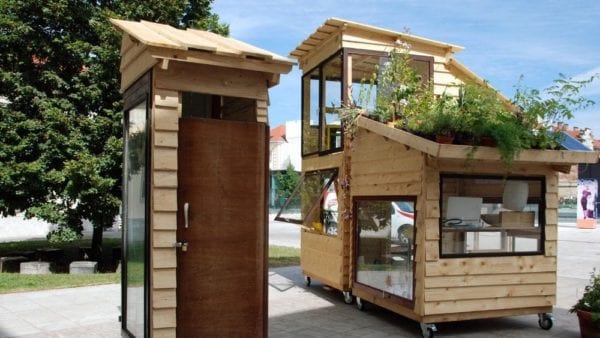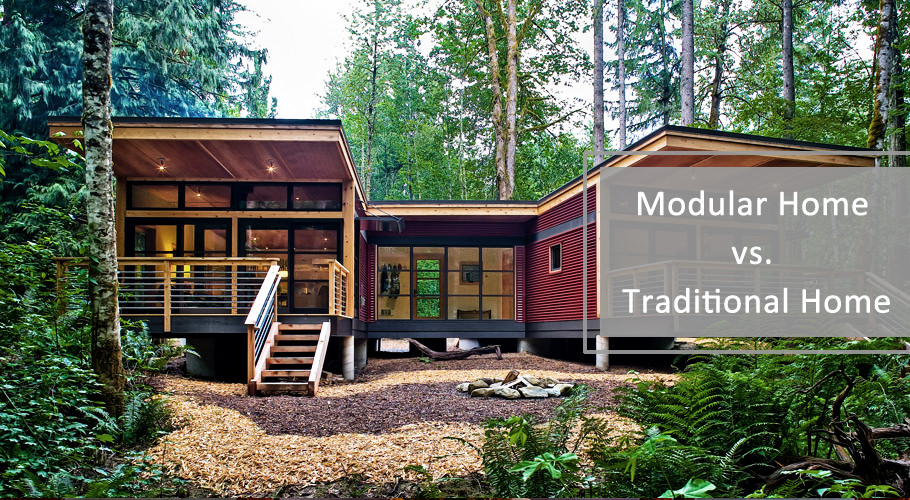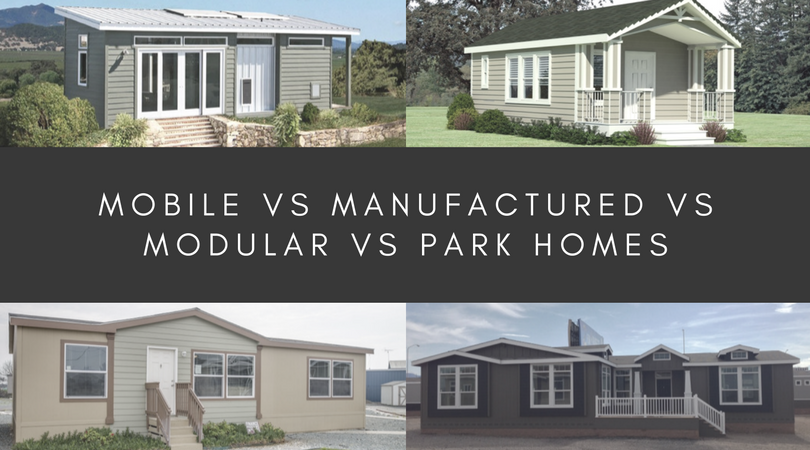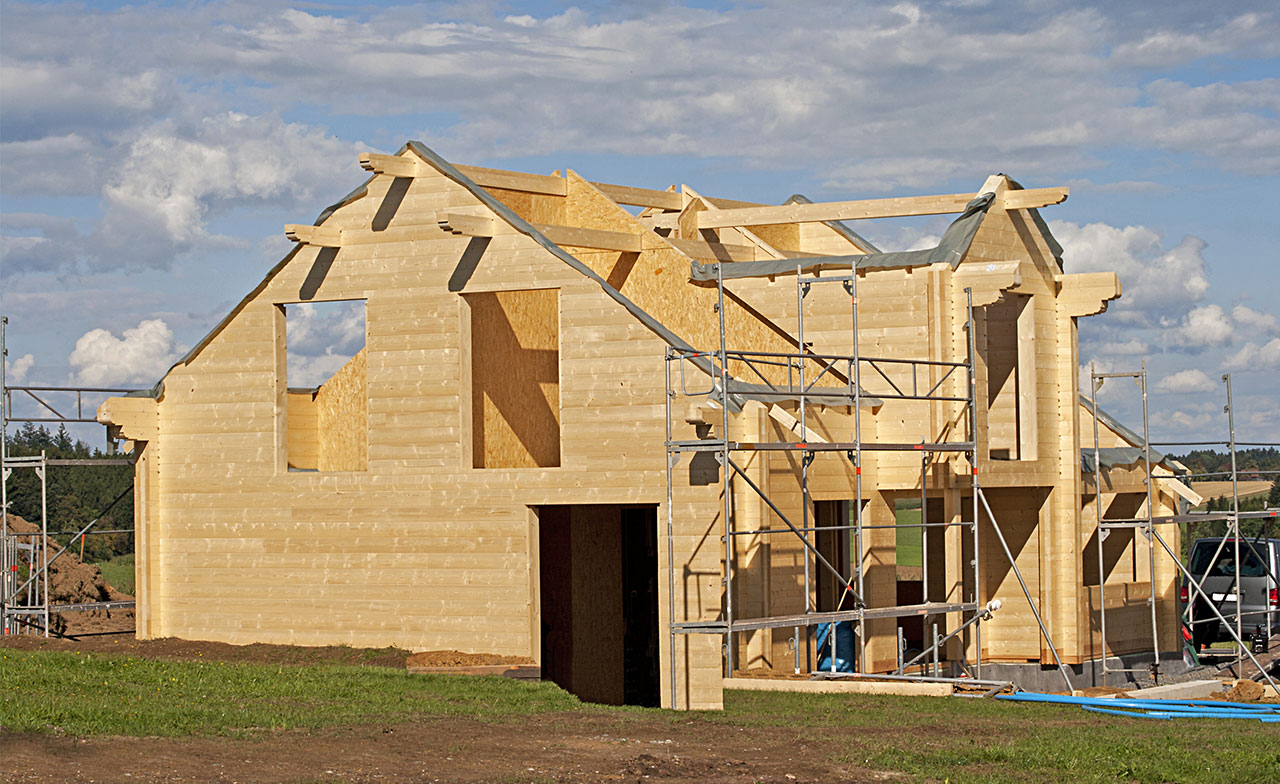Table of Content
For starters, bad weather can literally undo any progress that has been made when building a home. Similarly, days that do not have the right weather conditions are days that no one is working on completing your house. Moreover, stick-built homes are larger and, thus, can take even longer to build. Modular homes take a short time to build, typically being completed in a matter of months — three to five months, to be exact. Stick-built/traditional dwellings, however, may take up to six months to build, or it could very well take years to complete, for several reasons. If you have been considering a mobile home recently, you may have noticed how reasonably priced they are.

Land preparation prices vary depending on the amount of land clearing, excavation, and grading required to begin building. Prefab house kits cost $30 to $150 per square foot on average, depending on the size, number of bedrooms, quality, and if assembly is included. Expect to spend $90 per square foot or more to include assembly, a foundation, electrical and plumbing hook-up, water well, and a septic tank. With the ability to attach multiple sections together, the home can be as large as you wish.
Stick-Built Homes: Drawbacks
Proper ventilation systems can also help to prevent excessive moisture build-up, prolonging the lifespan of your metal building. With a prefab storage building, you can keep all your assets covered for a much lower price than a wooden structure. Built with high-quality, galvanized steel and the most up-to-date techniques, our steel storage buildings are designed specifically to fit virtually any need. From larger storage buildings for industrial uses, to smaller storage units for more residential needs, we have it all here at Coast to Coast Carports. One of the most important decisions you will make in regards to your metal building's design and structure will be the flooring and foundation you choose.

Builders in Sweden, Germany and other European countries are using what is known as off-site fabrication, which is basically a homebuilding factory, to build their highest-quality homes. This is the most traditional way of building new homes and when people imagine a new house being erected, then it's likely that they imagine this particular building process. Stick-built homes are the traditional method for home building using lumber to assemble the home’s frame including the floors, walls, and roof truss. Upon this wooden frame, the rest of the interior and exterior are assembled.
What Is the Resale Value of a Manufactured Home Vs. a Stick Built Home?
So, while it’s the most affordable, chances are you’ll want to add more features to your home outside of the basic model. A modular home is an excellent option for those looking for an affordable, customizable home. Modular homes are built in a factory, reducing construction costs and timelines.

While under $50,000, the options are quite limited, above $60,000 there are many modular homes to choose from. Additionally, the cost of a foundation is not calculated into the list price of modular homes. The exact price of your prefabricated home will vary based on many factors, including how many stories you choose, the complexity of the design, and the degree of customization you are seeking. Overall, the price of a prefab home is significantly less than stick-built homes, which generally start at $150 per square foot.
Custom Design Prefabricated Home Prices
Stick-built homes are also typically more profitable when they are resold due to their ability to increase in value over time. When the time comes to make that big step of buying a home, there are no shortage of options which can make knowing which one is best a tricky task. Although a manufactured home has many differences from a stick-built home and modular home, they also share some things in common. Once they get to the desired site location, wheels are removed, and the home is left in place.

You’re looking at an accelerated timeline because of the different construction methods. Let’s explore modular home costs and the advantages of custom modular home projects. If you are looking for a high-quality, affordable home, a modular home is a great option. While price and quality will certainly make up a large part of your decision-making process, there are other factors to consider in your home type — especially for builders.
Prefab industrial metal warehouses are engineered for strength and customizability, providing businesses with the room and adaptability they need to operate. For years, metal buildings have been an inseparable part of commerce in the US. They’ve revolutionized how we manufacture goods and how business is done. And thanks to modern engineering practices, these structures are as popular as ever.

The process of building prefab houses is much faster compared to stick-built homes. On the flip-side is the fact that if you want something changed, then it might already be too late. The factory environment will never allow the freedom to change your mind about something on the last minute.
Nowadays, there are many companies that specialize in prefab and modular homes. The list below can help you narrow down your options and find the company that is the best fit for you. The listed prices only cover the cost of the prefabricated house itself and not any other features. Most of the doubts related to the quality offered by modular homes are based on the common misconception that compares them to mobile homes. However, all these two types of homes share is the fact of being prefabricated and in no ways their quality can be equated.
Additional features, such as a porch or carport, must be built on-site rather than in a factory. These are usually the finishing touches that ground your home and will cause the overall modular home price to fluctuate. Once your purchase is complete, the land will need to be prepped for building. This includes grading, tree and brush removal, and stump grinding so there is enough cleared area for construction.
Partnering with North Carolina’s top manufacturers and maintaining a low operating overhead allows us to provide unmatched custom modular homes at an unbeatable value. Modular homes are built with high insulation and improved airflow, so you’ll have a more energy-efficient home that increases your overall home savings as well. A stick-built home generally requires more on-site labor than a modular home.

If you find yourself in between the options of choosing a manufactured home, modular home, or stick-built home, you shouldn’t even think twice about going for a manufactured home. Both the stick-built homes and manufactured homes must meet a set of regulations and codes during development. A stick-built home normally costs more when compared to a modular home or manufactured home, but they also tend to have a high resale value. Materials are delivered to the construction site either all at once or in loads, then, typically, third-party vendors and different subcontractors do the building.

No comments:
Post a Comment